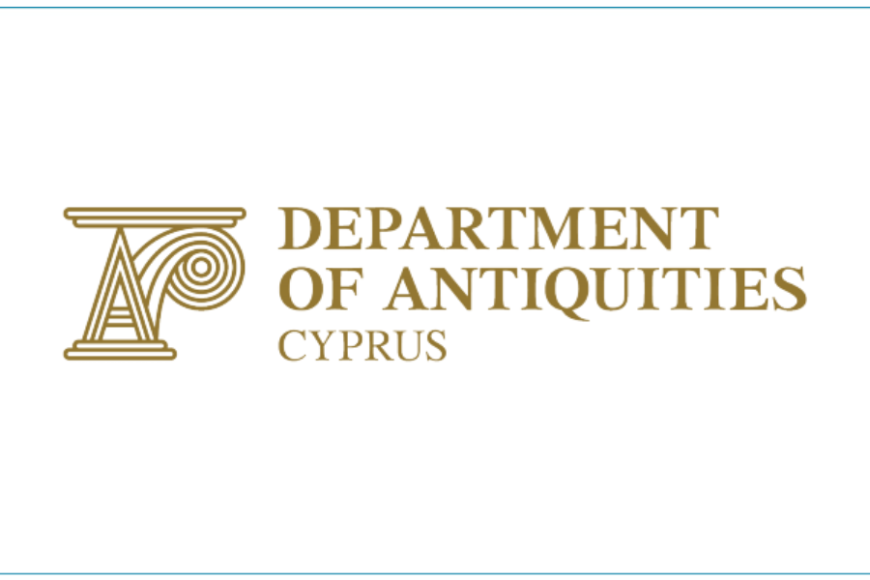The management of the archaeological heritage of Cyprus dates back to the British colonial period. In 1882 the Cyprus Museum was established after a petition was presented to the colonial authorities on behalf of all the inhabitants of the island by a delegation headed by the Archbishop, the Cadi, the Mufti and others. This petition was the locals’ reaction towards the illicit excavations and the smuggling of antiquities from the island.
The British maintained the 1874 Ottoman Law on Antiquities for over twenty years after their arrival on the island. According to this law, one third of the excavated antiquities belonged to the Government, one third to the owner of the land and the remaining third to the excavator. During the 19th and the early 20th century, many people (including consuls and government officials) took advantage of the local poverty and ignorance by buying the land they intended to excavate. Holding therefore the double identity of landowner and excavator, they were entitled to two thirds of the finds. The Ottoman Law on Antiquities was also liberal towards the export of antiquities from the Empire’s territories.
The first law on antiquities enacted during the British colonial period was the Antiquities Law of 1905. This law however, did not manage to prevent illicit excavations nor the smuggling of antiquities from the island.
In 1927, after an amendment of the law regarding the exportation of antiquities, the Swedish Cyprus Expedition arrived on the island. The Expedition systematically excavated a large number of sites throughout Cyprus and its results set the scientific basis of the archaeology of Cyprus. The Swedish Cyprus Expedition was entitled to half of the excavation finds, as a result of the aforementioned Antiquities Law amendment.
The Department of Antiquities was finally established in 1935, the same year that the new Antiquities Law was enforced. Until then, the Cyprus Museum was managed by a Museum Committee, presided by the British High Commissioner. The Archbishop, the Mufti and the Cadi acted as vice-presidents and there were also a few members elected by the subscribers of the Cyprus Museum. With the law of 1935 the Museum Committee was abolished and the Museum officially became a governmental organization under the jurisdiction of the newly established Department of Antiquities.



